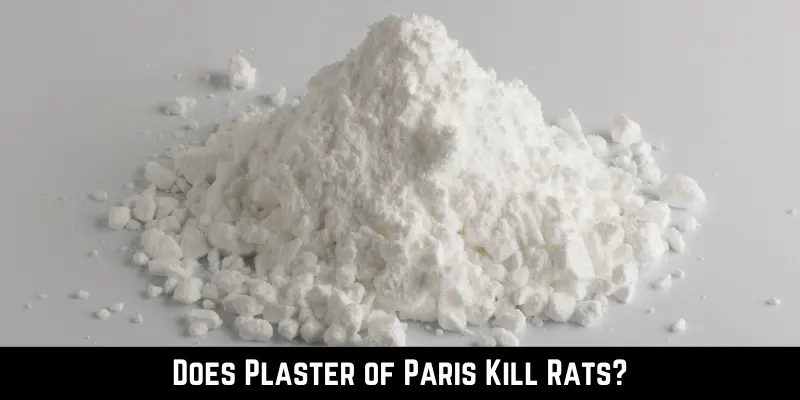Rats are the most irritating and nuisance rodents. These pests can cause issues like spreading diseases, contaminating food, and damaging structures. Thus, you have to remove rats to avoid all these things. So, does plaster of paris kill rats??
Yes! Plaster of Paris (POP) can kill rats. The substance has calcium sulfate. It mixes with fluids in rats’ stomachs and becomes a solid that can’t be digested. Consequently, this leads to their death. You can use POP with other things, like minced meat, chocolate, nuts, and peanut butter.
Do you want to use Plaster of Paris to kill rats? If so, read the below guidelines to know everything about it.
What Is Plaster of Paris?
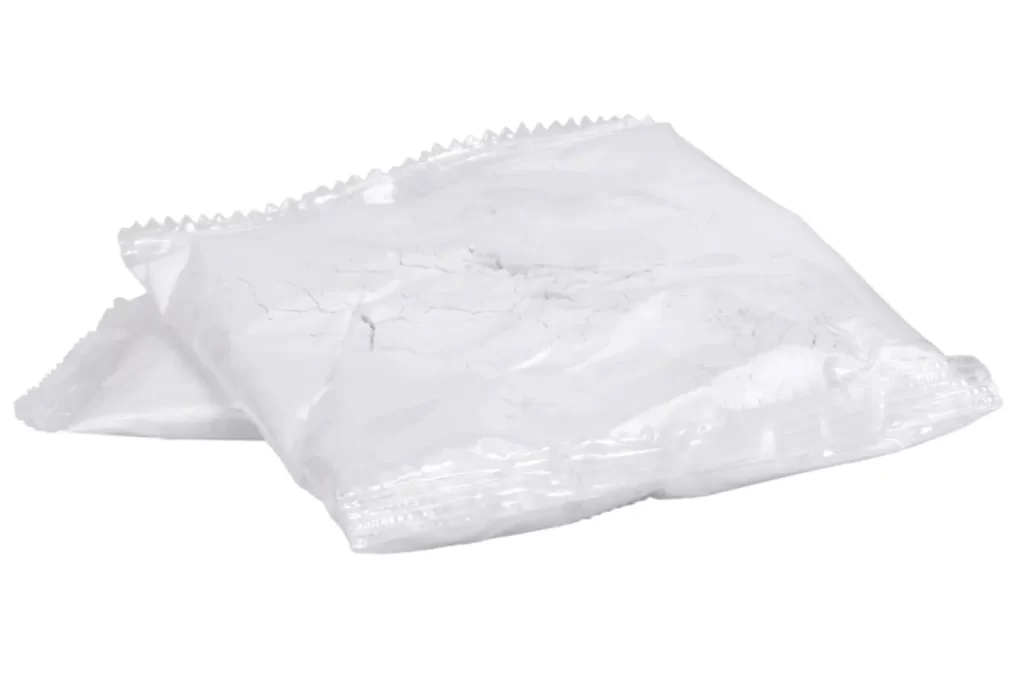
Plaster, known as calcium sulfate hemihydrate, is made by heating gypsum. It’s used, as per the International Orthopaedic Journal. When you combine Plaster of Paris with water, it goes through a chemical reaction. It creates a thick paste that can change into different shapes before it hardens. This process is called calcination. It involves heating gypsum to remove water and create hemihydrate.
In the medical field, Plaster of Paris is often used to make casts. These casts help immobilize bones and support injured limbs during the healing process. Dentists use it to make molds for dental procedures, such as crowns, bridges, and dentures. Moreover, it is also helpful for construction purposes. Besides these benefits, you can use it to deter rodents, including rats.
What Will Happen When Rats Eat Plaster of Paris?
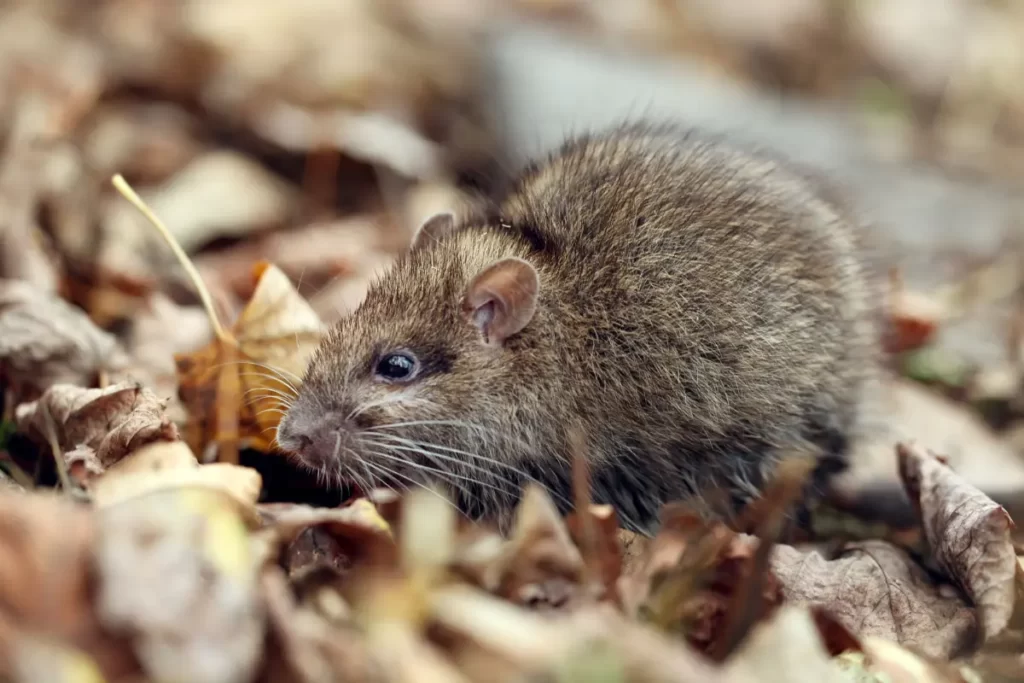
If rats swallow Plaster of Paris, they can face serious problems. When a rat eats the bait, the plaster hardens in its stomach, causing stomach pain. When water comes into contact with the Plaster of Paris in the wet digestive system, it hardens the POP.
Rats can’t vomit, so they drink water to ease pain after eating chocolate or peanut butter. It worsens the condition, and the rat usually dies within 2 to 4 hours of swallowing the bait. To keep pets and children safe, use a small amount of rat bait made with plaster of Paris.
Above all, always think about the place where the rats will perish and start to decay. They are less likely to die behind the walls if there are open routes of access and departure. So, you should seal all the entry points to stop their entry.
Ways to Get Rid of Rats with the Plaster of Paris
Below are some ways that will surely help you to get rid of rats.
Recognize Rat Hideouts
The first thing you should consider is to find out their hiding spots. Rats find different places to hide, depending on their species and the environment. These could be places where you can get food, like the kitchen or pantry. They can also be safe spots, like attics or crawl spaces.
Additionally, they may hide in outdoor buildings like sheds, garages, and woodpiles. You can also find them under your refrigerators and stoves. These locations provide warmth and proximity to prospective food sources.
Make Plaster of Paris Rat Poison
After finding their hideouts, the next step is to poison rats with Plaster of Paris. For this, you need to make a POP bait. First, you should wear gloves before making a Plaster of Paris bait. Now, take a small amount of water and Plaster of Paris and mix them well to make a paste. After that, add a small amount of the rat’s favorite food, like peanut butter or cheese to lure them. Make small balls of the mixture.
Here you go, you can place it around the rat’s hideout to allure them. Consequently, they will die after consuming the bait.
Inspect the Bait Regularly
Inspecting the bait is another helpful step in the whole procedure. With time, the plaster of Paris loses its toxicity. Therefore, you should check the bait regularly and replace it with new ones. Moreover, if you find any eaten balls, replace them with the new baits. Remember, if you are persistent and patient, you can use the plaster of Paris to get rid of rats.
DIY Tips for Killing Rats with Plaster of Paris
As Plaster of Paris is calcined gypsum, you can’t use it directly to kill rats. Therefore, you should always mix it with other things for effective results. Below are some DIY methods for using POP to remove rats.
Minced Meat + POP
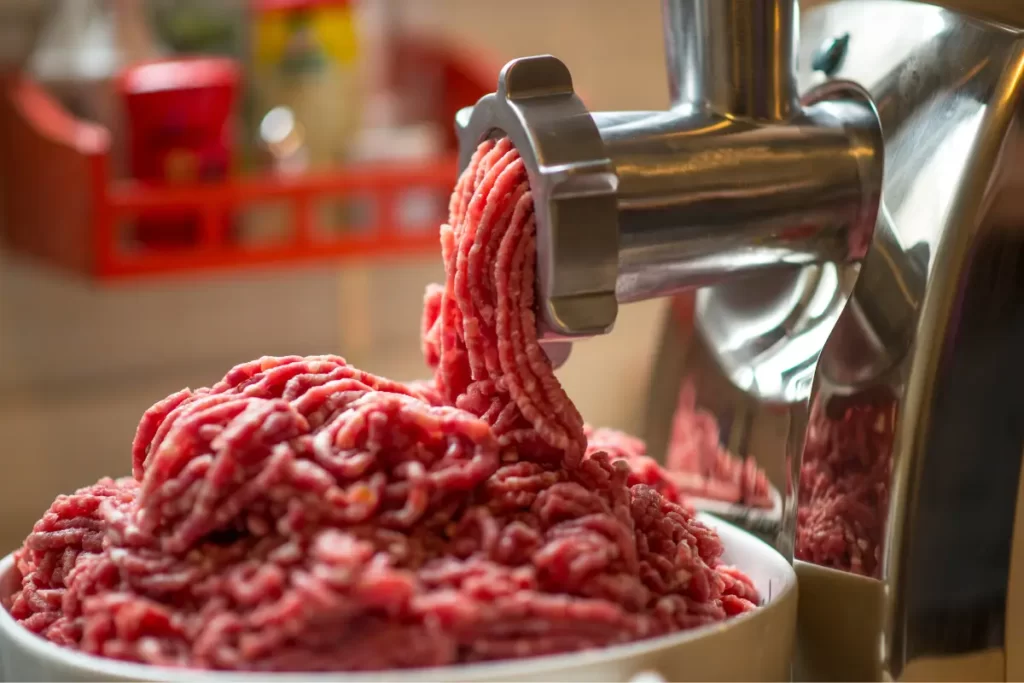
Meat is a favorite food of rats. So, you can use dried or steam-cooked minced meat to ward off rats. However, make sure the plaster of Paris is completely dry to prevent moisture from setting it. You can combine minced meat with Plaster of Paris by the following steps:
- Fill a dry, clean jar with 1/4 cup of plaster of Paris powder.
- Now, add half a cup of dried minced meat to it.
- Mix it well and place it near the hiding spots of rats.
- As soon as the rats eat it, they’ll die.
Oatmeal + POP
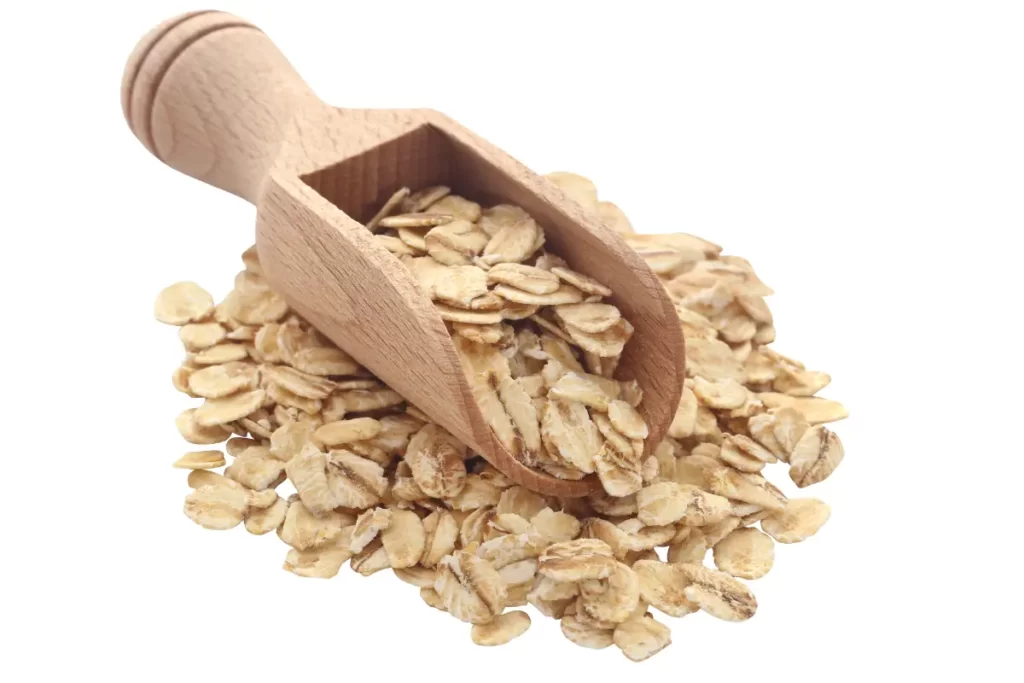
There are several types of oatmeal, such as quick oats, instant oats, pinhead, and Irish oatmeal. You can use any type of oatmeal to make bait for rats. Rats are attracted to the plaster of Paris, so mixing all of these with it will serve as bait to kill the rodents. Make sure, though, that they are powdered and dried.
Add ¾ cup of oats to a cup of plaster of Paris powder. Now, add them all in a blender to get a well-blended mixture. Make small balls from it and place them along the entry points of rats to ward them off.
Flour, Sugar + POP
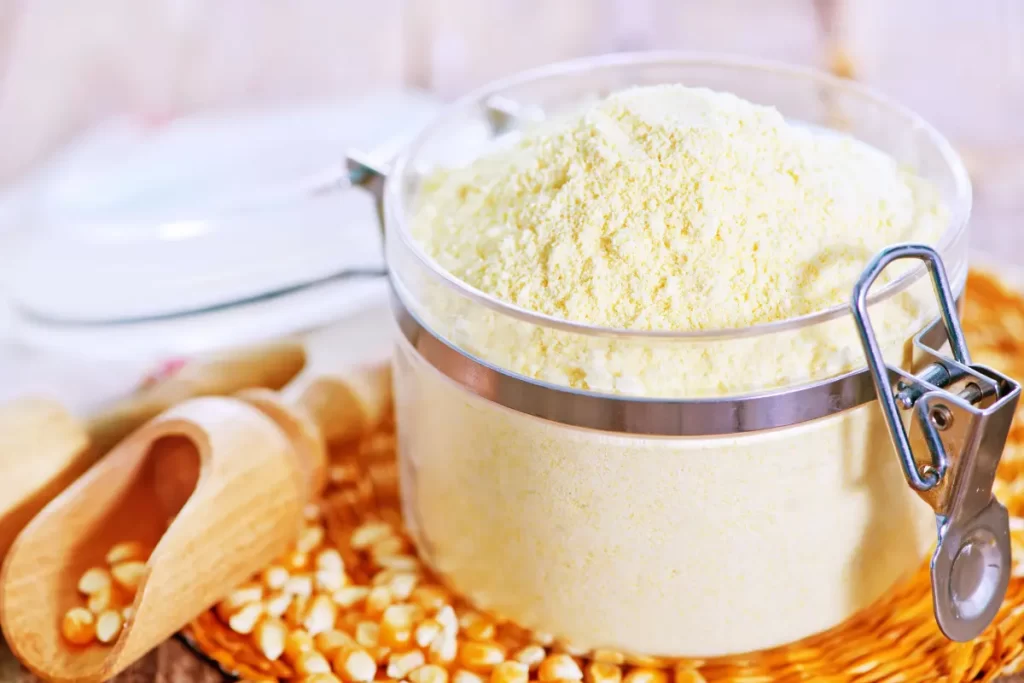
Rats love sugary foods like sugar and flour and eat many of them. Put ¼ cup of flour into a dry container to make a mixture. Now, add ¼ cup of sugar and half a cup of Plaster of Paris to the container. Mix them well and spread them along the way of rats. As the rats try to eat it, they’ll die of suffocation.
Chocolate + POP

Rats are drawn to the delicious scent of chocolate and can detect it from a distance. One of the most effective ways to kill rats using plaster of Paris is to use chocolate. To get the finest mixture, add 4 tbsp of cocoa powder in a bowl. Put 8 tbsp of powdered Plaster of Paris in it and mix them well with the help of a spoon. Now, you can sprinkle this mixture along the suspected areas of the rat’s presence to repel them.
Nuts + POP
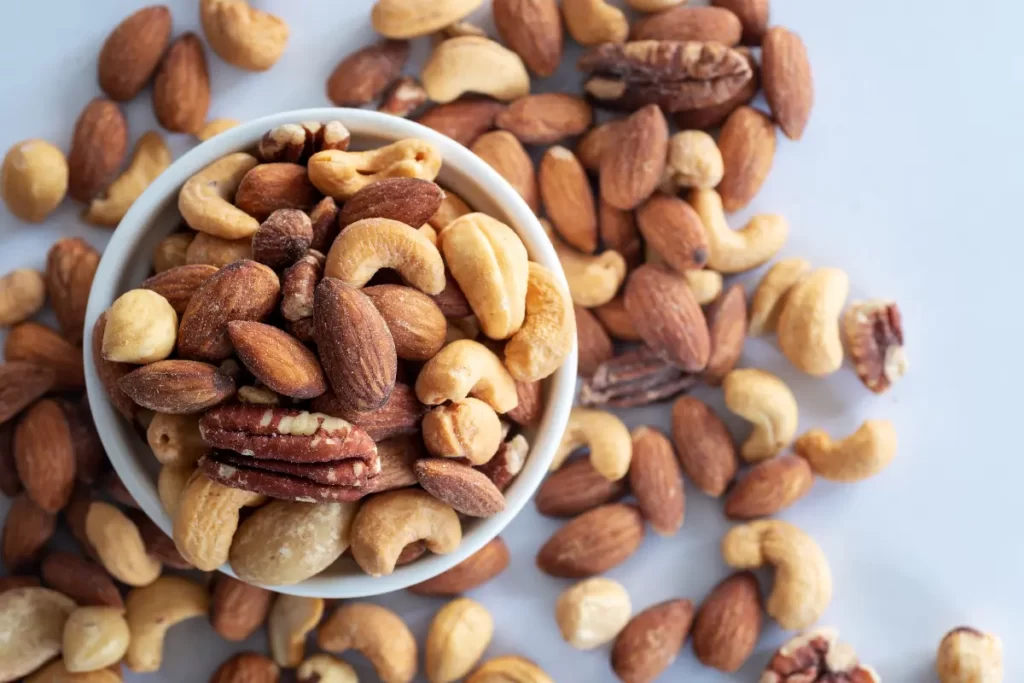
In general, rats enjoy nuts. They will consume it even if they are full. As a result, powdered groundnuts can be extremely effective. Blend 1/2 cup powdered ground nuts and 1/2 cup plaster of Paris powder. After that, put it in a well-chosen spot where the rats would appreciate it and enjoy the results.
Besides, it’s vital to use powdered nuts instead of whole-ground nuts. Whole-ground nuts do not mix well with powdered plaster of Paris.
Cornmeal + POP
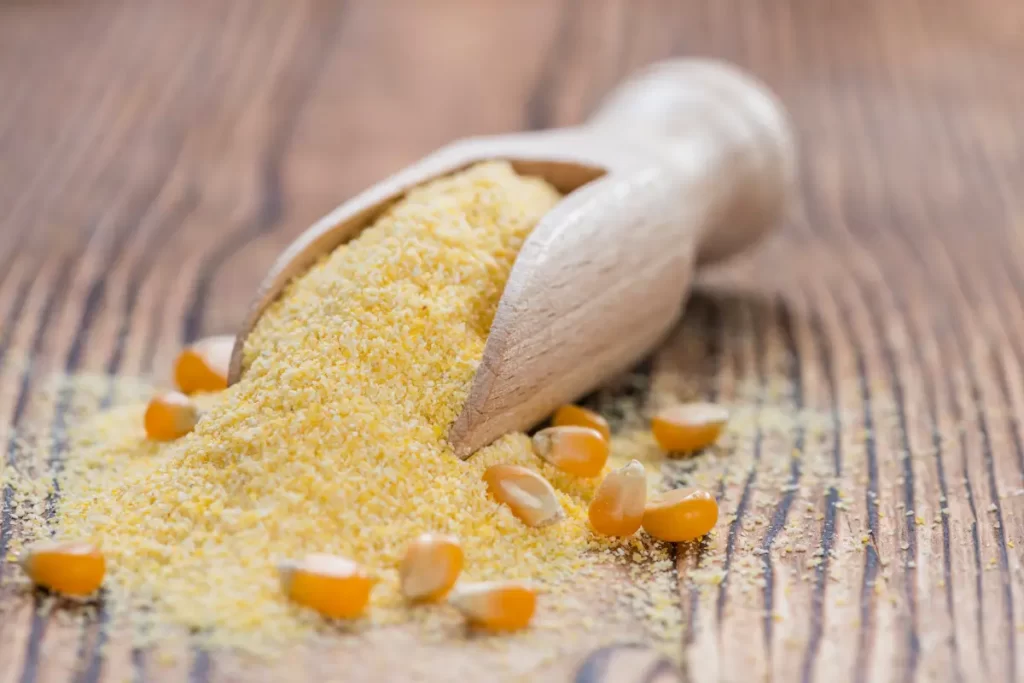
Cornmeal is appealing to rats, and you can use it to make poison for rats. The cornmeal and plaster of Paris rat poison combination clog rats’ digestive tracts. Rats are drawn to the bait by the cornmeal. After eating the plaster of Paris and cornmeal mix, the rats drink water. The water reacts with the plaster of Paris in their stomachs. It hardens and solidifies, obstructing the rat’s digestive system.
Take 1 cup of cornmeal and Plaster of Paris in a small bowl. Now, place the mixture in areas where you’ve spotted rats, making sure it’s out of reach of youngsters and dogs.
Peanut Butter + POP
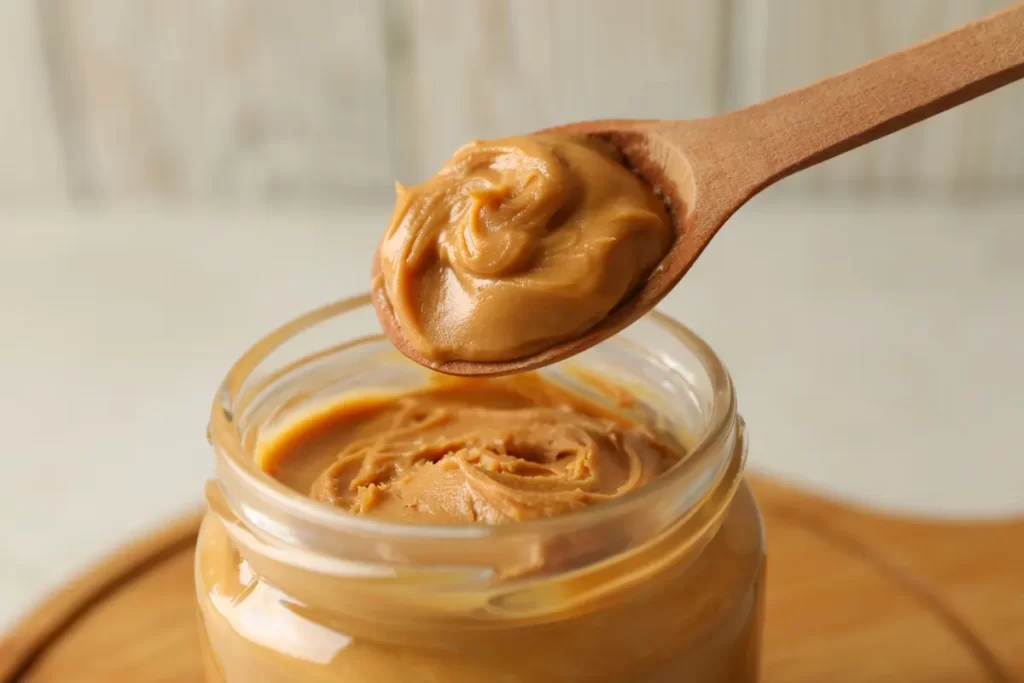
Stir up equal portions of cheap peanut butter and plaster of Paris. Water is not present in peanut butter, so it won’t cause the plaster to activate. Moreover, you can draw rats by shaping the bait into baits if it contains outdated peanut butter.
Where Should You Place the Plaster of Paris to Kill Rats?
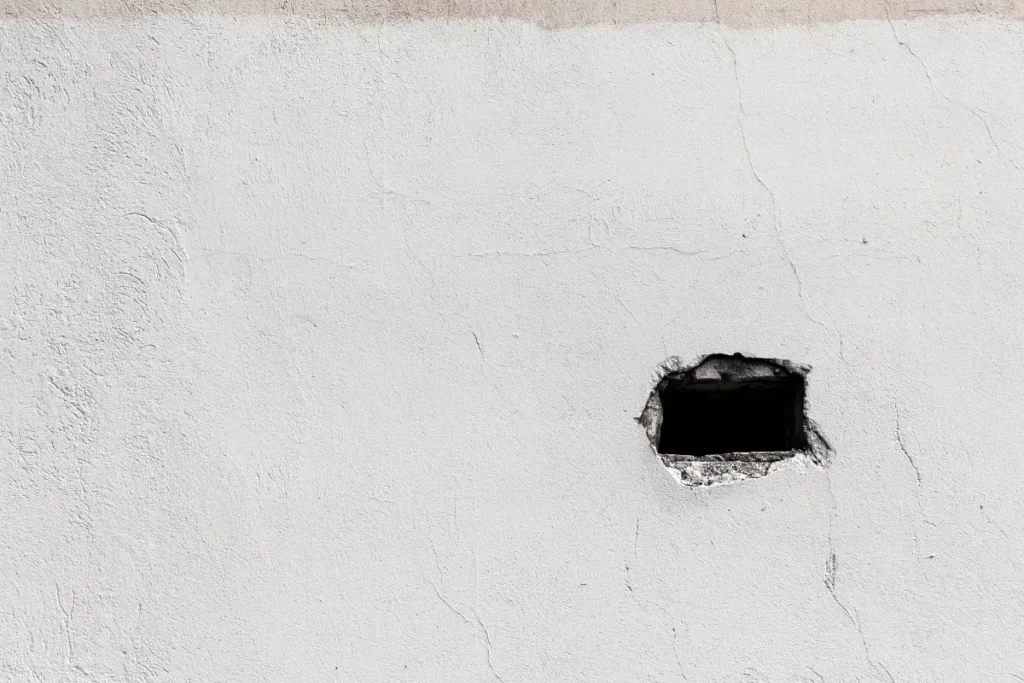
It can be difficult to find the best locations to place your plaster of Paris bait while trying to manage rats. However, placing them correctly can produce excellent outcomes. You can try the below ways to find their spot.
- Find and locate any holes in your home or yard. Usually, holes are present toward the base of the walls. And that’s how the rats get into your bedroom and the rest of the house.
- Look for rat droppings to locate the areas where the rats congregate.
- Furthermore, don’t close the entry points like holes or wall gaps before you are sure the rats have gone out. If not, the rats who have eaten the combination may not be able to leave and may end up dying within your home. It’s not what you want your house to smell like dead rats.
How Long Does It Take for Plaster of Paris to Kill a Rat?
Rats usually die after 2-4 hours of ingesting plaster or Paris. The average time a rat takes to digest meals is 2 hours. However, the time it takes for the plaster of Paris to work is determined by the amount devoured by the rats. The higher the sum, the later they die.
The rats eat the plaster of Paris. It hardens in their stomachs, causing discomfort. Because they are unable to vomit, they get terrified and seek water. When rats drink water, the plaster of Paris hardens and becomes sticky. This causes the rats to die from bloating because they can’t get rid of it.
Is It Safe To Kill Rats With Plaster of Paris?
Yes! Plaster of Paris is safe to use as long as children and pets do not get into it. Make sure that your children and pets don’t come into contact with it. It’s best to do this at night when everyone is asleep. Remember to remove the bait before everyone wakes up.
In addition, using the plaster of Paris to kill rats is not recommended. It can harm humans and animals. Plaster of Paris is a white, powdery material that becomes firm when combined with water. It is frequently used for mold-making and other crafts projects. Rats can eat plaster of Paris, but it’s not okay. There are better, kinder ways to control them.
Drawbacks of Using Plaster of Paris
The phrase “Rat Balls” describes a popular technique for luring rats with plaster of Paris. The idea is to combine equal portions of plaster of Paris with flour, maize meal, or any other granular food. Next, this mixture is molded into balls by adding moisture until it takes on the consistency of dough.
You scatter balls in the house so rodents eat them and become fatally constipated. There is a major disadvantage to this approach, though. The usage of water in this recipe is the issue. The plaster of Paris hardens when it touches water, which is a problem for the rat. The rat needs the bait to be wet.
Moreover, since rats are picky eaters, they are unlikely to ingest much of the formed mixture. Even if they manage to consume some of it, the small amount of plaster is unlikely to harm them.
Final Verdict
Rats are the most common and dangerous rodents. Once inside your home, it’s always a challenging task to get rid of them. You can use various methods to remove them, including Plaster of Paris. Yet, removing them with POP is also a difficult task, because it doesn’t kill them directly.
To make bait, mix POP with a rat’s favorite food, like chocolate powder, cheese, peanut butter, or oatmeal. The rats suffer a horrible death even if this strategy seems quite persuasive.
If you want to avoid hurting animals, don’t use plaster of Paris to control rats. But, if hygiene and the health of your family concern you, you can use this method. So, choose the option wisely!
FAQs
References
Hernigou, P. Plaster of Paris: the orthopaedic surgeon heritage. International Orthopaedics (SICOT) 40, 1767–1779 (2016). https://doi.org/10.1007/s00264-016-3179-2
